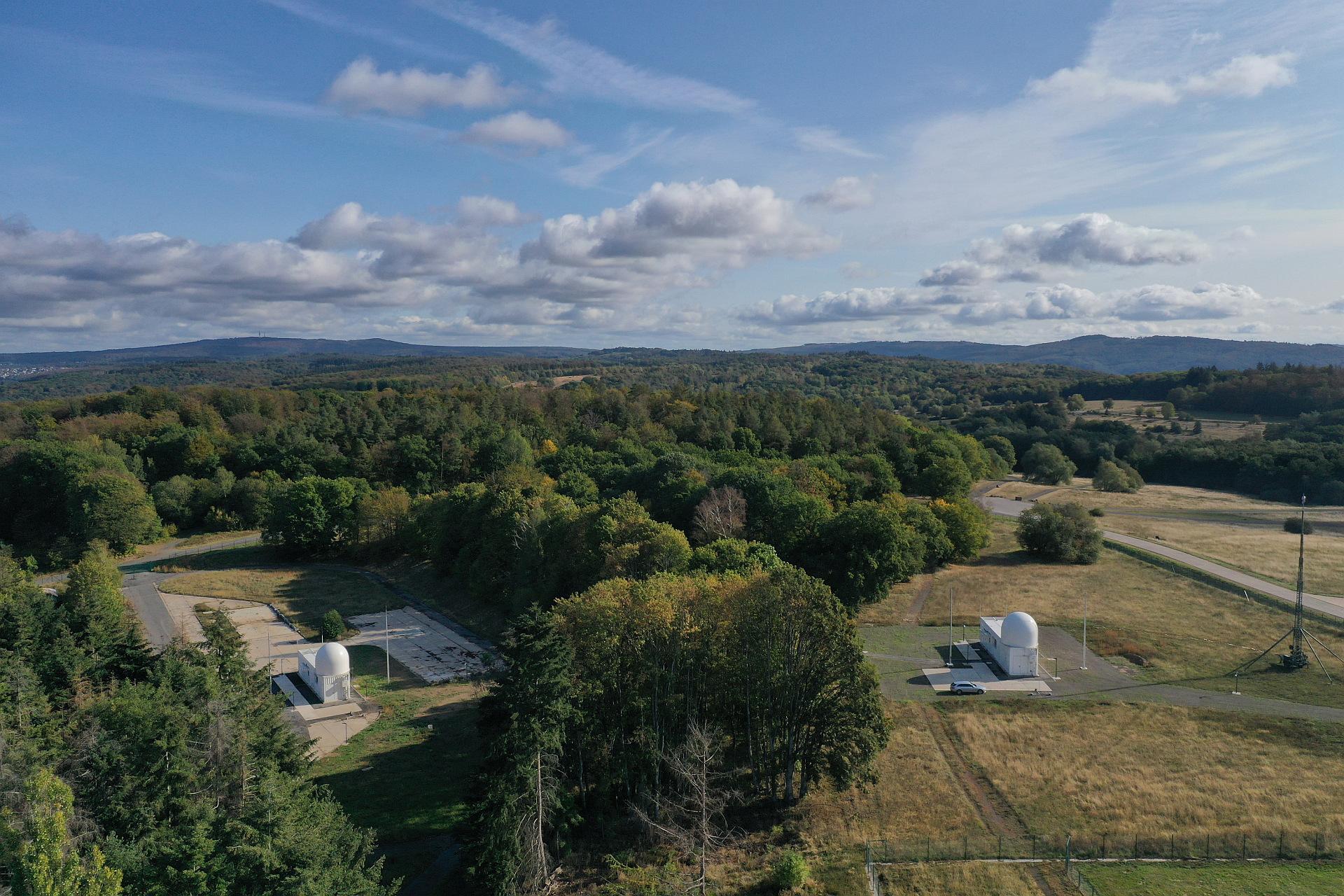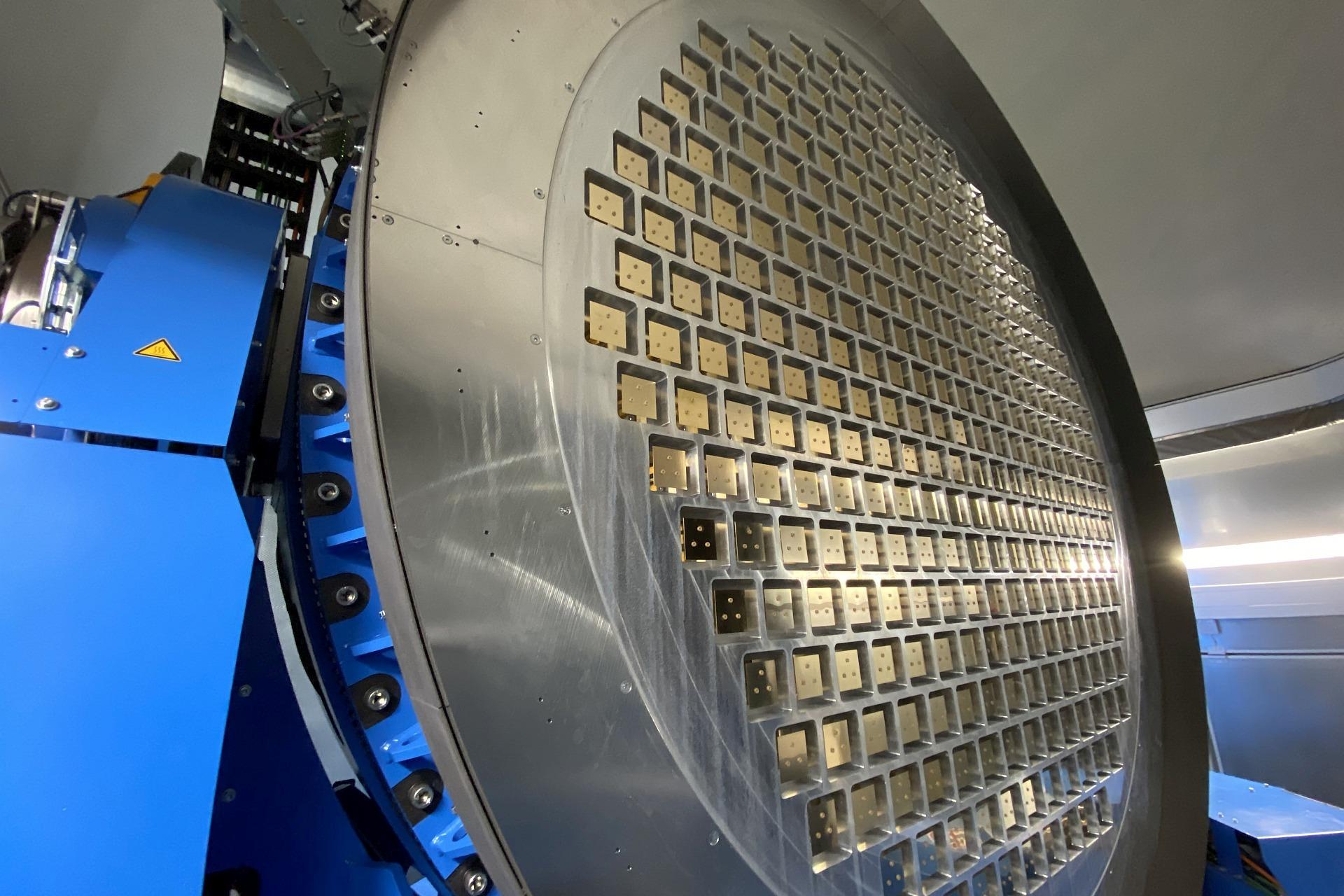German Radar System Detects Small Objects in Low Earth Orbit
GESTRA: Successful Completion of Full Operational Demonstration
A new era in space observation begins in 2024 for Germany and, consequently, Europe: The radar system GESTRA, developed and built by the Fraunhofer Institute for High-Frequency Physics and Radar Techniques FHR on behalf of the German Aerospace Center's (DLR) Space Agency, has started its final verification in December 2023 after an intensive and successful test and verification phase. This marks the commencement of the several-month acceptance process for this globally unique space monitoring system.


The Space Agency, in collaboration with experts from Fraunhofer FHR, conducted the test as part of the Space Situational Awareness Center. Various radar modes, specifically two different search modes—the Spotlight Mode and the Tracking Mode—were successfully tested during the demonstration. The detected sightings were correlated with existing catalog data of objects in low Earth orbit. On average, more than 200 objects were detected per hour, including small objects ("Cubesats") at distances of several hundred kilometers. Sighted objects included numerous Starlink satellites, as well as the orbiters Oneweb-0240 (altitude approx. 1200 kilometers), NOAA 16-DEB (altitude approx. 825 kilometers), Sentinel 6 (altitude approx. 1300 kilometers), and the small satellite CUTE1.7 (20x20x10 centimeters; altitude approx. 600 kilometers). Thus, GESTRA already meets the specified requirements even without full utilization.
Combination of Flexibility and Digital Technology Makes GESTRA Unique
The complex radar system comprises a transmitting and a receiving antenna, each equipped with 256 individual elements when fully stocked, and their radar waves can be phase-controlled (so-called "Phased-Array"). Each element of the transmitting antenna is driven by an extremely powerful amplifier, allowing the approximately four-meter-wide transmitting antenna to demonstrate an immense overall performance. The elements of the receiving antenna are individually read out digitally and can be combined in real-time using special processor units. In this way, the two antennas can change their direction of view within a few milliseconds. Additionally, the antenna can be mechanically aligned with a rotating stand. Individual water cooling for each antenna element also contributes to particularly high radar performance, enhancing the sensitivity of the system. Thus, GESTRA is not only highly dynamic but also extremely sensitive when observing space debris. The transmitter and receiver are housed in two separate containers, allowing flexible deployment at different locations. This combination of mobility, digital technology, and performance makes GESTRA unique. The facility is located on Schmidtenhöhe near Koblenz.
State-of-the-Art Radar Technology for Increased Space Safety
With GESTRA, the joint space situational awareness center will have one of the world's most advanced radar systems for space observation in 2024. The German Space Situational Awareness Center in Uedem primarily has the task of creating and evaluating a situational picture for space and protecting national space systems from collisions with space debris. After the commissioning of GESTRA, employees of the German Aerospace Center at DLR will operate the system from the Space Situational Awareness Center. Because all measurement data will be collected there to determine the orbits of the detected objects. These data will also be available on request by research institutions throughout Germany. On the European level, the potential of GESTRA will be utilized in the "EUSST"-project (EU Space Surveillance and Tracking). Measures to integrate the sensor into EUSST will begin in early 2024 and be completed in the first half of the year. In low Earth orbit, GESTRA is not only capable of detecting space debris but also of detecting and tracking offensive small satellites from other countries. GESTRA fully meets the requirements of civil and military space monitoring, making it an indispensable component of a highly efficient, internationally networked space security architecture.
Space Debris as a Threat to Space Travel
In low Earth orbit, several thousand satellites orbit, but this area also contains tens of thousands of pieces of space debris, totaling more than 10,000 tons of material. Most of it is located in low orbits up to 2000 kilometers high, in the so-called "Low Earth Orbit" (LEO). A collision with utilized infrastructure in space is thus very likely. Even the International Space Station (ISS) in its orbit at around 400 kilometers is affected by this. To minimize collisions as much as possible, reliable space situational awareness data provided by radar systems like GESTRA are continuously needed. GESTRA was developed by the Fraunhofer Institute for High-Frequency Physics and Radar Techniques FHR in Wachtberg, Germany. The funding was provided by the German Aerospace Center at DLR with funds from the Federal Ministry for Economic Affairs and Climate Action (BMWK). The radar system will be operated in the future by the joint space situational awareness center in Uedem, which is financed by the BMWK and the Federal Ministry of Defense (BMVg).